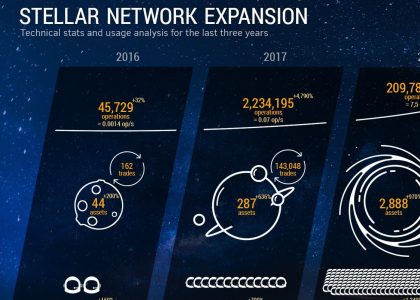Blockchain technology is most simply defined as a decentralized, distributed ledger that records the provenance of a digital asset. By inherent design, the data on a blockchain is unable to be modified, which makes it a legitimate disruptor for industries like payments, cybersecurity and healthcare. Our guide will walk you through what it is, how it’s used and its history.
What is it ?
Blockchain, sometimes referred to as Distributed Ledger Technology (DLT), makes the history of any digital asset unalterable and transparent through the use of decentralization and cryptographic hashing.
A simple analogy for understanding blockchain technology is a Google Doc. When we create a document and share it with a group of people, the document is distributed instead of copied or transferred. This creates a decentralized distribution chain that gives everyone access to the document at the same time. No one is locked out awaiting changes from another party, while all modifications to the doc are being recorded in real-time, making changes completely transparent.
Of course, blockchain is more complicated than a Google Doc, but the analogy is apt because it illustrates three critical ideas of the technology:
BLOCKCHAIN EXPLAINED: A QUICK OVERVIEW
- A blockchain is a database that stores encrypted blocks of data then chains them together to form a chronological single-source-of-truth for the data
- Digital assets are distributed instead of copied or transferred, creating an immutable record of an asset
- The asset is decentralized, allowing full real-time access and transparency to the public
- A transparent ledger of changes preserves integrity of the document, which creates trust in the asset.
- Blockchain’s inherent security measures and public ledger make it a prime technology for almost every single sector
Blockchain is an especially promising and revolutionary technology because it helps reduce risk, stamps out fraud and brings transparency in a scalable way for myriad uses.




